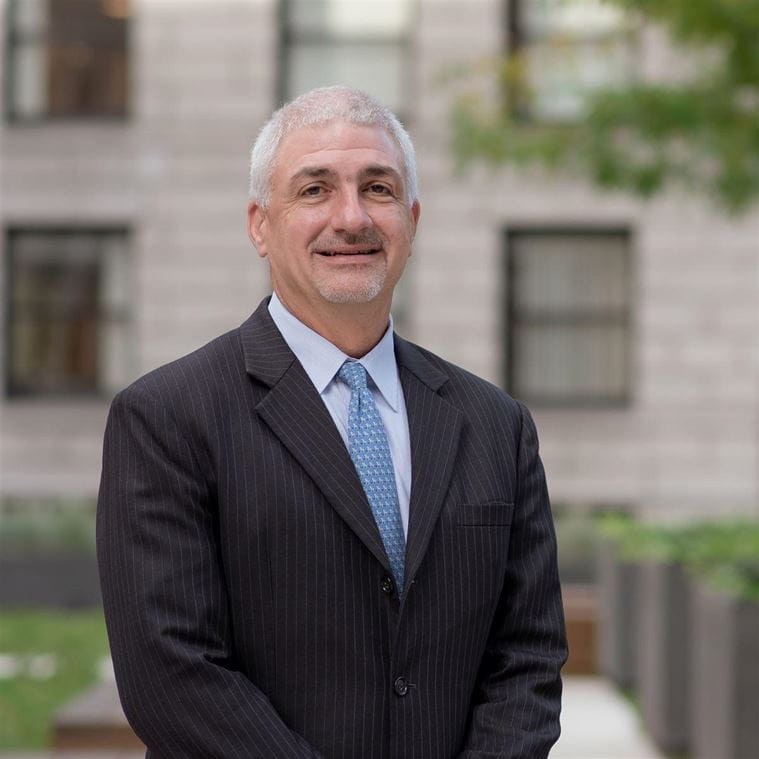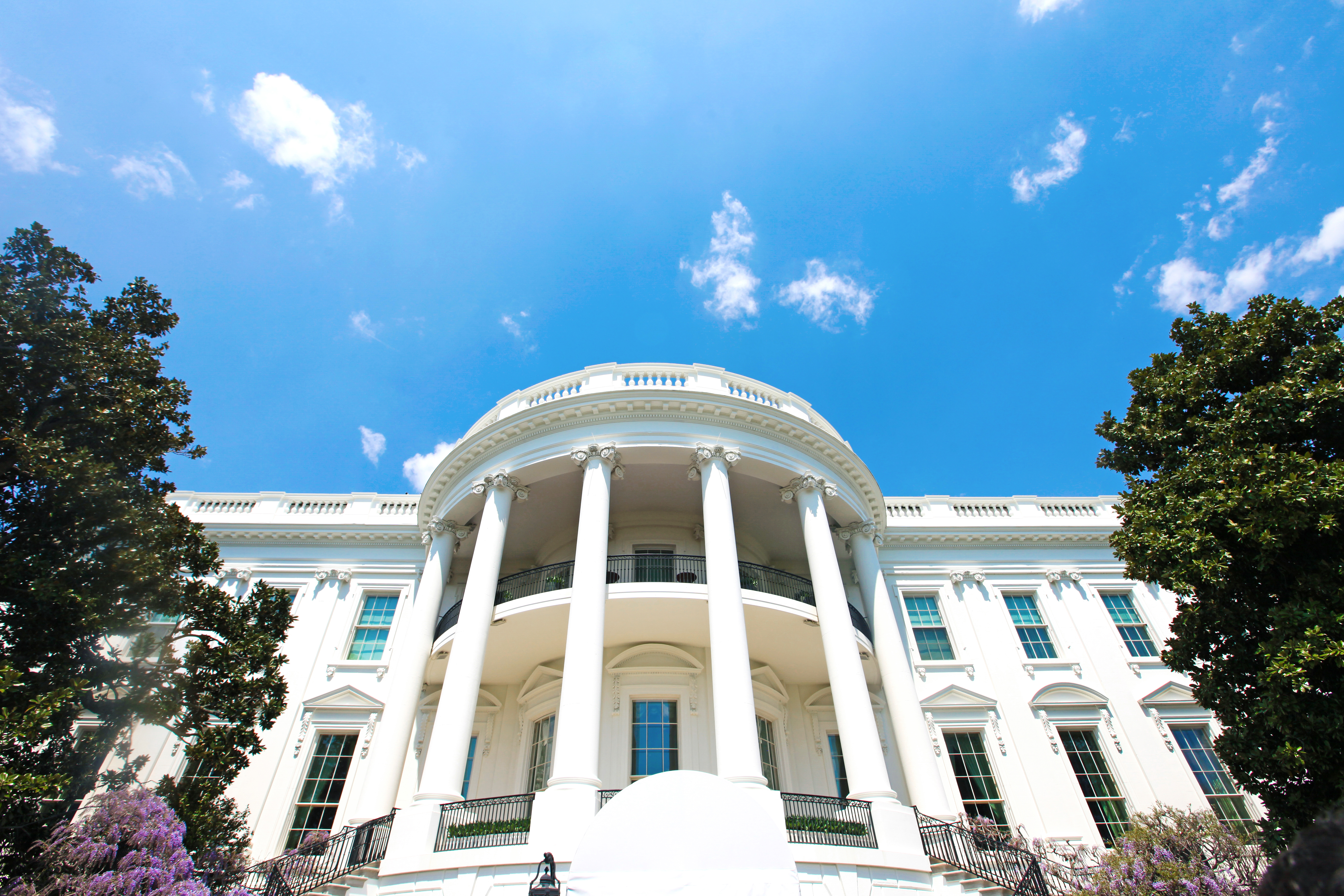How the Trump Administration Will Shape Water Policy and Funding
As the administration and Republican majorities in both chambers of Congress begin to shape water policy and funding, certain trends are clearly emerging:
A $1 trillion infrastructure is planned, but details remain uncertain. On May 15, Secretary of Transportation Elaine Chao, a leading administration spokesman for infrastructure issues, provided an update on the Trump administration’s proposed 10-year infrastructure initiative. As noted by Secretary Chao, the package will propose $200 billion in direct federal funding, with the hope of spurring another $800 billion in investment from the private sector and by states and local governments. Higher priority access to federal dollars will be given to states and localities that augment federal support with their own financing. Because public-private-partnerships (P3s) in the water sector will be encouraged by this plan, the legislation will ideally include designated funds and requirements for early engineering design advancement for public owners of new P3 projects. Direct funding for engineering will accelerate P3 project implementation, improve cost-efficiency, and support U.S. job growth.
The water industry’s share of the planned $1 trillion infrastructure plan remains uncertain. Transportation projects feature highly on many of the lists circulating in Washington, because of their large dollar size and projected positive impact on job creation. It should be noted, however, that Chao has recently clarified that the $1 trillion infrastructure package won’t target a list of specific projects. It’s vital for water industry leaders to continue actively communicating the value of water, emphasizing that water infrastructure investment is crucial to the health, safety and economic growth of our communities.
EPA funding will be reduced, shifting regulatory compliance power to the states. The Trump administration released its Fiscal Year 2018 budget on May 23rd. The Trump budget reduces EPA’s funding by 31%, the biggest cut of any federal department, including a 20% cut in staffing and elimination or downsizing of several EPA clean water programs. These include elimination of funding for the Great Lakes Restoration Initiative, Puget Sound, and Chesapeake Bay Restoration Program. The proposal also zeroes out USDA’s Rural Water & Wastewater Program, and reduces EPA’s research budget by 50%. But, because of the Continuing Resolution passed by Congress in May, these programs will be funded at least through September 2017.
Funding is being sustained for Clean Water and Drinking Water State Revolving Funds (SRF) and $20 million is proposed for the Water Infrastructure Finance and Innovation Act (WIFIA) program, an initiative that will be most advantageous to communities with large water projects or bundled programs greater than $50 million.

It’s vital to continue advocating that water infrastructure is crucial to our nation's health, safety and economic growth.

The Trump budget is now in the hands of Congress, in advance of a September 30 deadline to craft a final spending package for the President’s approval. There is some resistance to the President’s funding cuts from both houses of Congress, so the final budget will likely change from the current proposal.
It is clear that at the end of the process, while some water initiatives and programs may be maintained, EPA and clean water program funding will be significantly reduced overall. This will result in new challenges for the water industry, including consideration of alternative funding approaches to address water infrastructure needs. In addition, reductions at the EPA will shift more regulatory compliance responsibility to the state level.
Federal environmental regulations will be curtailed. President Trump has stated his desire to reduce regulations that are viewed as burdensome on businesses. On the evening of the Inauguration, the White House issued a memorandum to all executive departments and agencies to freeze new or pending regulations. It is likely that new federal regulations will be enacted sparingly in the months and years to come.
The 2015 Clean Water Rule has drawn particular opposition from the White House. President Trump signed an Executive Order in late February directing EPA to begin the process of repeal. Repeal and replacement of the Clean Water Rule is subject to legal review, and with environmental groups gearing up to contest the change, it is likely that that this action will be tied up in the courts for years.
Incentives for new and innovative financing will be increased, and private investment in infrastructure will be targeted. The administration favors infrastructure projects that involve private financing. New tax credits to encourage private infrastructure investment and P3s are expected accordingly. We also expect a renewed interest and expansion of public-public partnerships, whereby multiple public utilities collaborate to improve operations or development of new infrastructure.
And, the WIFIA financing program offers water utilities a new financing solution, in the form of a loan from the US Treasury, which offers the lowest interest loans on the market.
With the Trump administration intending to devolve more power to the states, much of the action will occur outside of Washington.
Navigating the Future of Water
As the new administration and Congress seek ways to increase infrastructure investments, let’s not fix what isn’t broken. As Tracy Mehan wrote in a recent AWWA op-ed, the water industry has a powerful tool already in hand. Tax-exempt municipal bonds have financed more than $2 trillion in new infrastructure investments over the past ten years and are on a path to finance another $2 trillion in the next ten years. As new financing methods flourish, traditional methods should continue to play a significant role.
With the Trump administration intending to devolve more power to the states, and to encourage state, local and private investment in water infrastructure, much of the action will occur outside of Washington. I am confident that water leaders around the country will take advantage of innovative technologies, funding opportunities and locally or regionally-driven priorities to continue to drive the water industry forward.






